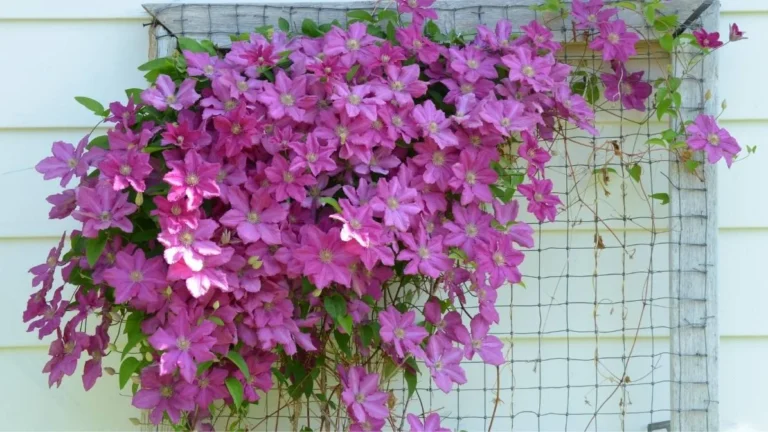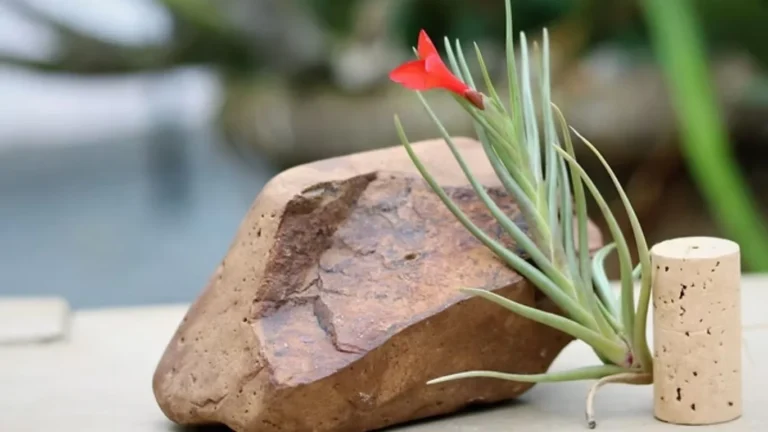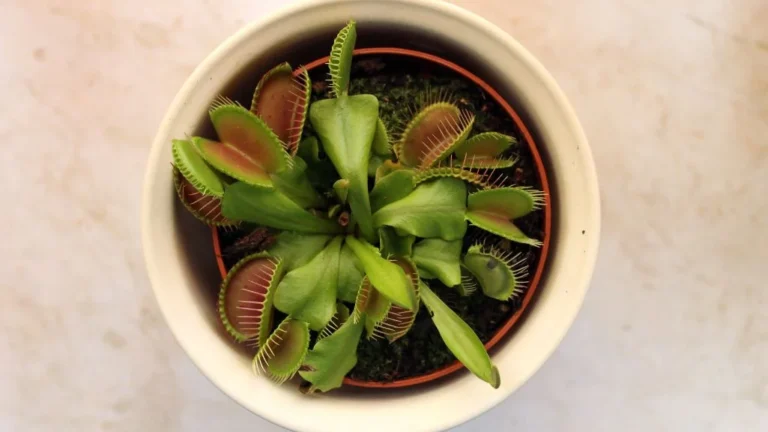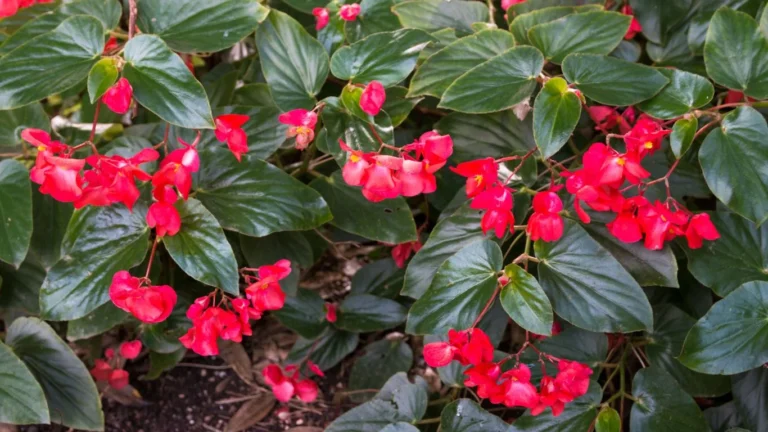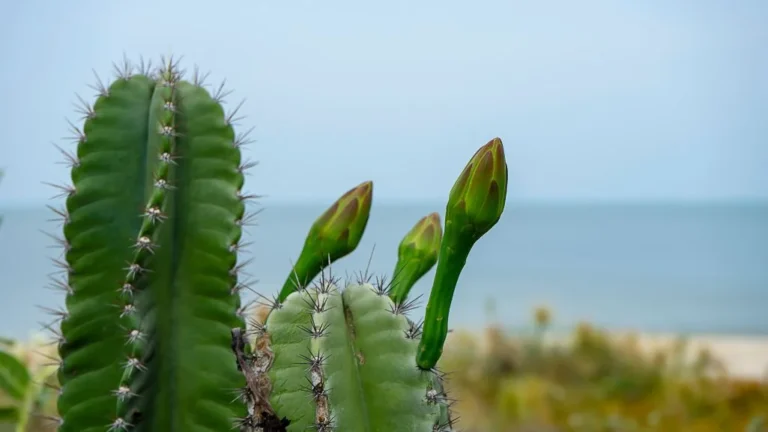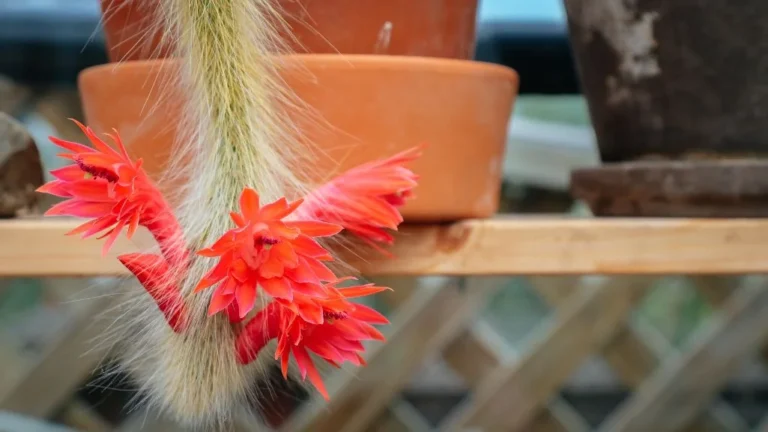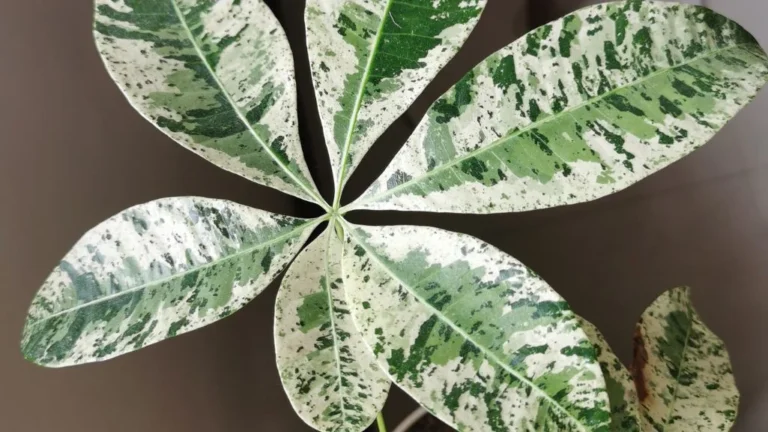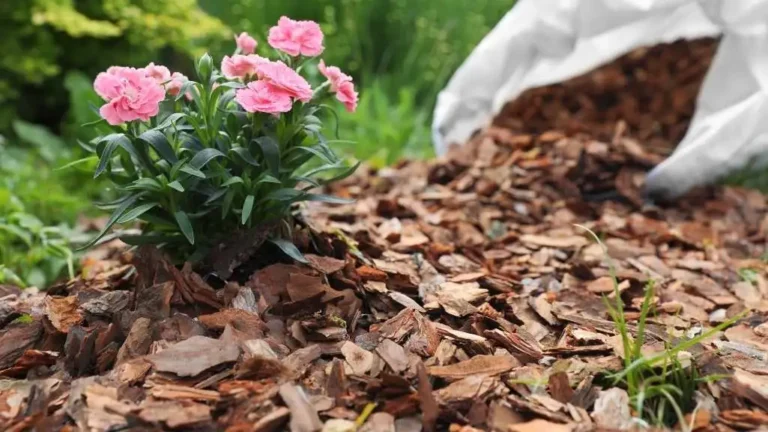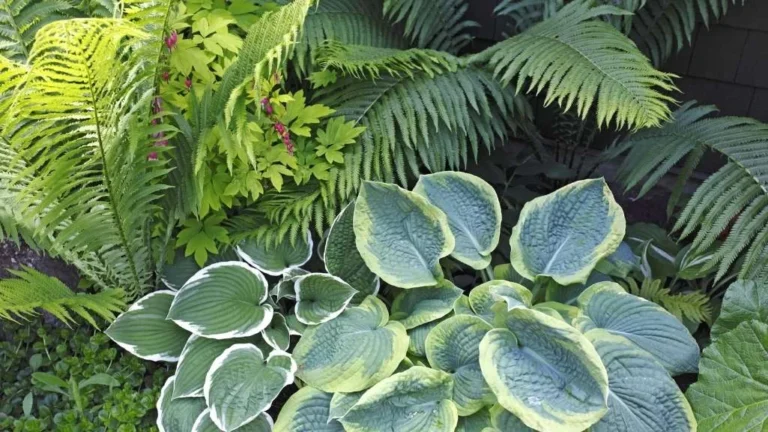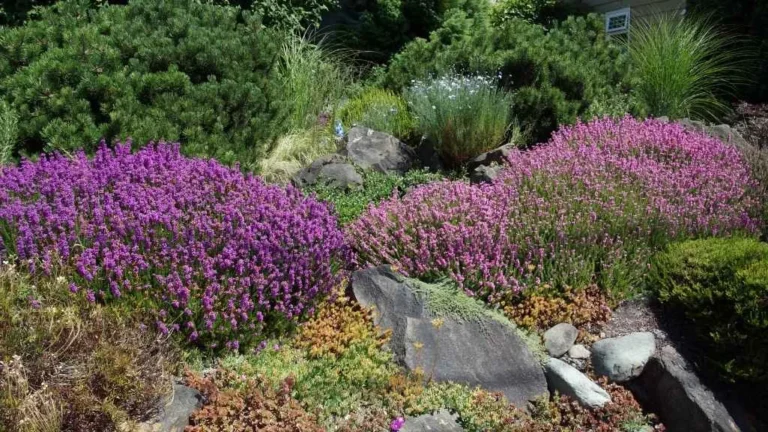Mulching is the practice of covering the soil surface around plants with a protective layer of material. This layer, called mulch, can be made from a variety of natural or synthetic substances such as wood chips, straw, leaves, grass clippings, or even plastic sheets. The primary goal of mulching is to shield the soil and plants, creating an ideal environment for healthy growth.
Mulching plays a crucial role in both home gardens and large-scale farming. It helps conserve moisture by reducing evaporation, suppresses weed growth by blocking sunlight, and regulates soil temperature to protect plant roots from extreme heat or cold. Additionally, organic mulches break down over time, enriching the soil with valuable nutrients and improving its structure. For farmers, mulching means healthier crops, less water usage, and reduced need for herbicides and fertilizers.
Imagine a garden where plants thrive with less watering, weeds are kept at bay naturally, and the soil stays rich and fertile—all while the garden looks neat and inviting. That’s the magic of mulching. Beyond just being functional, a well-mulched garden instantly looks more polished and cared-for. Mulching is one of the simplest yet most effective ways to boost your garden’s health and beauty without complicated tools or chemicals. Whether you’re a beginner or a seasoned gardener, mulching is a game-changer that every green thumb should know about.
What is Mulch?
Mulching is one of the simplest and most beneficial practices you can use in the garden. Mulch is simply a protective layer of a material that is spread on top of the soil. Mulches can either be organic — such as grass clippings, straw, bark chips, and similar materials — or inorganic — such as stones, brick chips, and plastic. Both organic and inorganic mulches have numerous benefits.
Source USDA Natural Resources Conservation Service
Different Forms of Mulch: Organic vs. Inorganic
Mulches generally fall into two categories: organic and inorganic.
- Organic mulch is made from natural, biodegradable materials that break down over time, enriching the soil with nutrients as they decompose. This type of mulch improves soil structure and promotes beneficial microbial activity. Examples include wood chips, straw, grass clippings, leaves, pine needles, and compost.
- Inorganic mulch, on the other hand, is made from synthetic or non-living materials that do not break down. These mulches mainly focus on weed control and moisture retention without adding nutrients to the soil. Common inorganic mulches include plastic sheets, landscape fabric, gravel, rubber mulch, and stones.
Common Materials Used as Mulch
There is a wide range of materials gardeners and farmers use as mulch, each with unique benefits:

🌲 Wood Chips and Bark
Wood chips and bark are among the most commonly used organic mulches. They break down slowly, making them ideal for long-term use in ornamental beds. As they decompose, they gradually add organic matter to the soil. These mulches also provide a clean, polished look to garden paths, flower beds, around trees, and shrub borders. They are excellent at conserving moisture and suppressing weeds but are not ideal for vegetable beds, as they can tie up nitrogen during decomposition.
Best Use: Flower beds, trees, shrubs, and landscaping areas.

🌾 Straw and Hay
Straw is lightweight, easy to handle, and commonly used in vegetable gardens. It keeps soil moist and cool, protects plants from mud splashes, and breaks down quickly, enriching the soil. Hay, while similar, may contain weed seeds, so straw is usually the better choice unless you’re sourcing seed-free hay. It creates a light, breathable layer that promotes root health.
Best Use: Vegetable gardens and raised beds.

🍂 Leaves (Shredded or Whole)
Straw is lightweight, easy to handle, and commonly used in vegetable gardens. It keeps soil moist and cool, protects plants from mud splashes, and breaks down quickly, enriching the soil. Hay, while similar, may contain weed seeds, so straw is usually the better choice unless you’re sourcing seed-free hay. It creates a light, breathable layer that promotes root health.
Best Use: Around trees, flower beds, or as compost mulch.

🌿 Grass Clippings
Freshly cut grass clippings are rich in nitrogen and act as a great nutrient-boosting mulch. However, they should be applied in thin layers (no more than 1 inch) to avoid forming a slimy, anaerobic mat that blocks air circulation. Dried clippings work even better. Avoid using clippings treated with herbicides or pesticides.
Best Use: Lawns, vegetable beds (in moderation), and compost bins.

🌲 Pine Needles
Also called pine straw, this mulch has a light, airy structure that resists compaction and allows water to pass through easily. It’s slightly acidic, making it perfect for acid-loving plants like rhododendrons, azaleas, hydrangeas, and blueberries. Pine needles also interlock naturally, making them resistant to being blown away by wind.
Best Use: Around acid-loving plants, under trees, in woodland gardens.

🧼 Plastic Mulch
Plastic mulch is an inorganic mulch commonly used in commercial agriculture, especially for warm-season crops like tomatoes and melons. It helps retain soil warmth, reduces weed growth, and speeds up plant maturity. However, it must be carefully managed to avoid waterlogging and removed after the growing season. It does not improve soil health and may contribute to environmental waste if not disposed of properly.
Best Use: Farming, high-maintenance annual crops, raised beds.

🪨 Gravel and Stones
Gravel, crushed stone, and small pebbles are permanent, inorganic mulch options. They don’t decompose or need frequent replenishment, making them ideal for paths, rock gardens, and xeriscaping (low-water landscapes). They provide excellent drainage and are especially helpful in hot climates. However, they don’t enrich the soil and can retain heat, which may stress nearby plants.
Best Use: Pathways, dry gardens, desert landscaping, pots.
Benefits of Mulching
Mulching is one of the simplest gardening practices that offers a host of benefits for your plants, soil, and overall garden health. Here’s why mulching deserves a spot in your gardening routine:
Moisture Retention: How Mulch Helps Conserve Water
One of the biggest challenges in gardening is keeping the soil moist, especially during hot or dry periods. Mulch acts like a protective shield, reducing water evaporation from the soil surface. This means less frequent watering is needed, saving you time, effort, and water. By holding moisture close to the roots, mulch ensures your plants stay hydrated and healthy even in dry spells.
Weed Suppression: Preventing Weed Growth Naturally
Weeds compete with your plants for nutrients, water, and sunlight, often hindering their growth. Mulching blocks sunlight from reaching weed seeds, preventing them from sprouting in the first place. With a good layer of mulch, you’ll spend far less time battling unwanted weeds, making garden maintenance easier and less stressful.
Temperature Regulation: Keeping Soil Cool in Summer and Warm in Winter
Mulch acts as a natural insulator for the soil. In hot summer months, it helps keep the soil cool by shading it from direct sunlight, protecting delicate plant roots from heat stress. During colder months, mulch traps heat in the soil, maintaining a more stable temperature and protecting roots from freezing. This temperature regulation promotes healthier root systems and extends the growing season.
Soil Improvement: Adding Nutrients and Improving Soil Structure
Organic mulches like wood chips, straw, and leaves gradually decompose, enriching the soil with valuable organic matter and nutrients. This process improves soil texture, increases microbial activity, and enhances the soil’s ability to retain moisture and nutrients. Over time, mulching builds stronger, healthier soil that supports vigorous plant growth.
Erosion Prevention
Mulch helps hold soil in place, reducing erosion caused by heavy rains and wind. This is especially important on slopes or bare patches where soil can easily wash or blow away. By protecting the soil surface, mulch maintains soil fertility and prevents damage to plant roots.
Enhancing Garden Aesthetics
Beyond its functional benefits, mulch gives your garden a neat, finished look. Whether you use rich brown wood chips or colorful shredded leaves, mulch can complement your plants and landscaping design, creating an inviting and well-maintained appearance. It’s a simple way to add beauty while supporting your garden’s health.
Types of Mulch
Mulches come in many forms, each with unique qualities that suit different gardening needs. Understanding the types of mulch available helps you choose the best option for your plants and garden setting. Broadly, mulches are classified into organic and inorganic types.
Organic Mulches
Organic mulches are made from natural materials that break down over time, enriching the soil as they decompose. Some common organic mulches include:
- Bark: Often from pine or hardwood trees, bark mulch is long-lasting and excellent for flower beds, trees, and shrubs. It adds a natural look and gradually improves soil quality.
- Straw: Lightweight and easy to spread, straw is commonly used in vegetable gardens. It conserves moisture and keeps soil cool.
- Compost: Rich in nutrients, compost can be used as mulch to nourish plants directly while protecting soil.
- Grass Clippings: A readily available mulch that adds nitrogen to the soil but should be applied in thin layers to avoid matting and odor.
- Leaves: Fallen leaves, when shredded, make an excellent mulch that breaks down quickly and feeds the soil.
Inorganic Mulches
Inorganic mulches are materials that don’t decompose, providing long-lasting ground cover. Examples include:
- Plastic Sheets: Often used in farming, plastic mulch warms the soil and prevents weed growth but doesn’t improve soil health. It requires removal after the season.
- Rubber Mulch: Made from recycled tires, rubber mulch lasts for years and is popular for playgrounds and landscaping. It does not improve soil fertility.
- Gravel and Stones: Ideal for pathways and xeriscaping, gravel mulch helps with drainage and weed control but can heat up the soil in summer.
- Landscape Fabric: A woven material used under mulch or gravel to block weeds while allowing water to pass through.
Pros and Cons of Each Type
Mulch Type | Pros | Cons |
Organic Mulch | Enriches soil, improves structure, retains moisture, natural look | Needs regular replenishing, can attract pests |
Inorganic Mulch | Long-lasting, excellent weed control, low maintenance | Does not improve soil, can cause soil overheating, less natural appearance |
Which Types Are Best for Specific Plants or Garden Settings?
Garden Setting | Best Mulch Types | Reason |
Vegetable Gardens | Straw, compost, shredded leaves | Improves soil fertility and retains moisture |
Flower Beds and Shrubs | Bark mulch | Provides a polished look and lasts a long time |
Trees | Wood chips, shredded bark | Protects roots and retains moisture |
Pathways and Xeriscapes | Gravel, stones | Durable and provides good drainage |
Warm-Season Crops & High-Weed Areas | Plastic mulch | Warms soil quickly and controls weeds (needs careful management) |
How to Apply Mulch Correctly
Applying mulch properly is key to unlocking all its benefits. Here’s everything you need to know to mulch like a pro:
When to Mulch (Season and Weather Conditions)
The best time to apply mulch depends on your climate and garden needs:
- In spring, mulching helps retain soil moisture as temperatures rise and reduces weed growth before seeds sprout.
- In summer, mulch keeps soil cool and conserves water during hot, dry spells.
- In fall, a layer of mulch insulates plant roots against the cold and helps prevent soil erosion from winter rains or snow.
- Avoid mulching frozen ground in winter since it can trap moisture and cause rot.
How Thick Should Mulch Be? (Recommended Depth)
Applying the right thickness of mulch is essential for its effectiveness:
- A layer of 2 to 4 inches (5–10 cm) is ideal for most organic mulches. This thickness retains moisture and suppresses weeds without suffocating the soil.
- For heavier materials like bark, lean towards 3 to 4 inches. For lighter materials like straw or grass clippings, 2 to 3 inches is sufficient.
- Avoid piling mulch too thickly; more than 4 inches can block water and air from reaching plant roots and may encourage pests or disease.
How to Prepare the Soil Before Mulching
Proper soil preparation helps mulch work its best:
- Remove any existing weeds or debris from the area to prevent them from growing through the mulch.
- Water the soil thoroughly before applying mulch, especially in dry conditions, so the moisture is locked in under the mulch.
- For flower beds or vegetable gardens, gently loosen the soil surface to help water and air penetrate once mulched.
Steps to Apply Mulch Properly Around Plants and Trees
Follow these simple steps for a neat and effective mulch application:
- Spread mulch evenly over the soil surface, keeping the recommended depth in mind.
- Keep mulch 3 to 6 inches (7–15 cm) away from the base of plants and tree trunks to prevent moisture buildup that can cause rot or attract pests.
- For trees, create a “mulch donut” around the root zone rather than piling mulch against the trunk.
- Smooth out the mulch with a rake or your hands for an even layer.
- Water the mulch lightly after application to help it settle and start protecting the soil.
Tips to Avoid Common Mistakes
Mulching may seem simple, but a few common errors can reduce its effectiveness:
- According to don’t pile mulch against plant stems or tree trunks, this “volcano mulching” can cause stem rot and invite insects.
- Avoid mulching over soggy or poorly drained soil, as excess moisture can harm roots.
- Don’t apply mulch too thinly, or weeds may still grow through.
- Replenish organic mulch annually as it breaks down to maintain proper depth and benefits.
Mulching Tips for Different Garden Areas
Different parts of your garden have unique needs when it comes to mulching. Here’s how to mulch effectively in each area for the best results:
Vegetable Gardens
- Use organic mulches like straw, shredded leaves, or compost to enrich the soil while retaining moisture.
- Apply mulch after seedlings have established to avoid smothering young plants.
- Keep mulch a few inches away from vegetable stems to prevent rot and pest problems.
- Mulching helps reduce soil splash during watering or rain, which can prevent disease on leafy vegetables.
Flower Beds
- Bark mulch or shredded hardwood works great here, providing a polished look and long-lasting coverage.
- Mulch helps suppress weeds that compete with your flowers for nutrients and water.
- Refresh mulch annually to maintain depth and keep your beds looking tidy.
- For perennial flowers, apply mulch in early spring to protect roots and conserve moisture during the growing season.
Trees and Shrubs
- Apply a thick layer of wood chips or shredded bark around the base, extending to the drip line (the outer edge of the branches).
- Avoid piling mulch directly against trunks; maintain a small mulch-free zone around the trunk to prevent rot.
- Mulching around trees protects roots from temperature extremes and reduces weed competition.
- Replenish organic mulch every 1–2 years as it breaks down.
Lawns and Pathways
- Mulching lawns is generally not recommended, but you can use grass clippings as a natural, light mulch after mowing, make sure clippings are dry and applied thinly.
- For pathways, use inorganic mulches like gravel, stones, or rubber mulch for durability and low maintenance.
- Mulch pathways to suppress weeds and reduce mud, making walkways cleaner and safer.
- Ensure pathways are well-defined with edging to keep mulch contained.
Common Mulching Mistakes to Avoid
Mulching is a fantastic gardening practice, but like anything, it’s easy to make mistakes that can reduce its benefits or even harm your plants. Here are some common errors to watch out for:
1. Using Too Much Mulch
Applying mulch too thickly, more than 4 inches, can suffocate plant roots by blocking air and water from reaching the soil. It can also create a damp environment that encourages fungal diseases and attracts pests like rodents and insects. Always stick to the recommended depth to keep your plants happy and healthy.
2. Using the Wrong Type of Mulch
Not all mulches suit every garden situation. For example, using plastic mulch in a flower bed can look unnatural and prevent soil enrichment. On the other hand, using grass clippings that contain weed seeds can introduce unwanted weeds. Choose the mulch type based on your plants’ needs and garden setting to avoid poor results.
3. Mulching When Soil Is Too Wet or Too Dry
Applying mulch over saturated soil can trap excess moisture, leading to root rot and fungal problems. Conversely, mulching dry, cracked soil without pre-watering means the mulch won’t be able to retain moisture effectively. Always check soil moisture before mulching—water the soil if it’s dry, and wait for it to drain if it’s too wet.
3. Mulching When Soil Is Too Wet or Too Dry
Applying mulch over saturated soil can trap excess moisture, leading to root rot and fungal problems. Conversely, mulching dry, cracked soil without pre-watering means the mulch won’t be able to retain moisture effectively. Always check soil moisture before mulching—water the soil if it’s dry, and wait for it to drain if it’s too wet.
4. Not Replenishing Mulch Regularly
Organic mulches break down over time, enriching the soil but thinning out in the process. Neglecting to replenish mulch yearly means losing its weed suppression, moisture retention, and aesthetic benefits. Make it a habit to top up your mulch annually or as needed to maintain an effective layer.
How Often Should You Mulch?
Mulching isn’t a one-time task — to keep your garden thriving, you need to refresh your mulch regularly. Here’s how to know when it’s time and what the seasonal guidelines are:
Signs That Mulch Needs to Be Refreshed
Thin or Bare Spots:
Over time, mulch breaks down and decomposes, thinning out and leaving bare soil exposed. When you start seeing more soil than mulch, it’s time to add a new layer.
Weeds Growing Through:
If weeds are breaking through your mulch layer, it means the mulch is no longer thick enough to suppress them. Refreshing mulch helps restore its weed-blocking power.
Change in Color or Texture:
Organic mulch will change color as it ages, often turning gray or faded. This means it’s decomposing and losing its effectiveness.
Compacted or Matting Mulch:
If your mulch has compacted or formed a thick mat, it may be preventing water and air from reaching the soil. Raking it lightly and adding fresh mulch can improve soil health.
Seasonal Guidelines for Mulching
Spring:
This is a great time to apply fresh mulch as plants begin to grow. Mulching in spring helps retain moisture, control early weeds, and regulate soil temperature.
Summer:
Adding mulch mid-season can help combat heat stress and reduce water evaporation during hot weather. Be careful not to apply too thickly to avoid smothering plants.
Fall:
Applying mulch in fall insulates plant roots against cold temperatures and protects soil from erosion during winter rains or snow. It also helps improve soil as the mulch breaks down over winter.
Winter:
Generally, avoid applying mulch during freezing weather, as wet mulch can trap moisture against plant roots and cause rot.
Eco-Friendly and Sustainable Mulching Practices
Mulching not only benefits your garden but can also be done in ways that support environmental health and sustainability. Here’s how you can mulch responsibly:
Using Recycled or Locally Sourced Materials
Opt for mulch materials that are recycled or sourced nearby to reduce your environmental footprint. For example, many communities offer free or low-cost wood chips from tree trimming services or leaves collected during fall cleanup. Using these materials cuts down on transportation emissions and keeps organic waste out of landfills.
Composting Your Own Mulch
One of the most sustainable ways to mulch is to compost garden waste like grass clippings, leaves, and kitchen scraps into rich, nutrient-packed mulch. Composting at home recycles organic matter back into your soil, enriching it naturally while reducing the need for chemical fertilizers. Plus, homemade compost mulch is often more affordable and tailored to your garden’s needs.
Avoiding Plastic Mulch for Environmental Health
While plastic mulches can be effective for weed control and soil warming, they pose environmental challenges. Plastic doesn’t break down naturally and can contribute to pollution if not disposed of properly. Instead, consider biodegradable mulches made from natural fibers or stick with organic options that improve soil health over time. Choosing eco-friendly mulch helps protect beneficial soil organisms and reduces plastic waste in your garden.
Frequently Asked Questions
How much does a bag of mulch weigh?
A typical bag of mulch weighs around 40 to 50 pounds, but this can vary depending on the material and moisture content.
How much does a yard of mulch weigh?
A cubic yard of mulch usually weighs between 600 to 1,200 pounds, depending on the type of mulch and its moisture level.
Can mulch spontaneously combust?
Yes, mulch can spontaneously combust if it is piled too thickly and becomes too hot inside, especially if it’s freshly chipped and still decomposing. Proper application and turning can reduce this risk.
How much is mulch per yard?
Mulch prices vary, but on average, mulch costs between $30 and $60 per cubic yard depending on the type and quality.
Will mulch kill grass?
If mulch is applied too thickly over grass without removal, it can smother and kill the grass by blocking sunlight and airflow.
Does cedar mulch repel bugs?
Cedar mulch is believed to repel some insects due to its natural oils, but it’s not a guaranteed pest control method.
Is white mold on mulch dangerous?
White mold or fungal growth on mulch is usually harmless and part of the natural decomposition process, but excessive mold may indicate poor drainage.
Can mulch catch fire?
Yes, mulch can catch fire, especially if dry and piled thickly near heat sources or during hot, dry weather.
Should you mulch in the fall?
Yes, fall mulching helps protect plant roots during winter and improves soil health.
Mulching is one of the simplest yet most powerful gardening techniques you can use. By conserving moisture, suppressing weeds, regulating soil temperature, and enriching your soil, mulching transforms your garden’s health and appearance in incredible ways. Whether you have a small vegetable patch or a sprawling flower bed, the right mulch applied correctly can make all the difference.
I encourage you to give mulching a try in your own garden. Start with the materials and tips that suit your plants best, and watch as your garden flourishes with less effort and more beauty.


